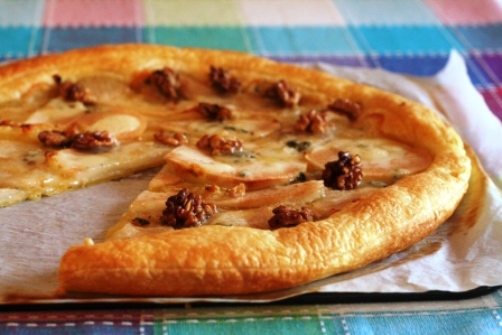When my sister said “Cake Sale... Next Saturday... For charity... Inspiration for the novice baker please?!”, it had to be Pupcakes.
These are my (current) favourites. They are a little fiddly to make but so worth it when you see the reaction they get. Both kids and grownups deliberate for ages over their choice. When I point out that each of these little cuties tastes the same, I often get the reply “But, Hester! They all have different personalities! I have to find the one that’s right for me!”
For 1
dozen cute pupcakes (each with their own personality) you will need...
... a
small star-shaped piping nozzle such as a Wilton 22 and a piping bag (or a freezer
bag with the corner snipped off to accommodate the piping nozzle).
1 dozen vanilla-flavoured plain cupcakes
Buttercream Icing
250g butter (not dairy spread), at
room temperature (i.e. soft)275g icing sugar, sifted
½ teaspoon vanilla extract
1.
Place
the soft butter together with half the icing sugar in a large mixing bowl or
stand mixer. Mix together slowly to avoid filling the kitchen with a sweet sugar
cloud. When mixed, add the second half of the icing sugar and the vanilla essence
and whip until light and fluffy – I usually mix this in my stand mixer, leaving
it running for 5 minutes. This amount will decorate 12 cupcakes.
To decorate the pupcakes you will need...
6 red/pink Starburst
sweets (or similar soft fruit caramels), for the tongue
6 marshmallows
for the muzzle, snipped in half so you have two discs from each
a further 4
marshmallows for the ears, each snipped into 4 long slices then rolled out to make long
floppy ear shapes
24 Smarties (or
similar sweets) for the eyes (pairs of matching colours if possible)
12 Smarties (or similar) for the nose - pink or brown look good
a little
imagination
 |
| Mmmmm, I feel like a kid in a candy store! |
2.
First, make
the tongues: Unwrap 1 Starburst (or
soft fruit caramel) and place it in the microwave for about 4 seconds to soften
it slightly. Roll it out to a thickness of about 2mm. Using a kitchen scissors,
cut out rounded teardrop shapes about the size of your index fingernail. You
should get 2 tongues from each sweet. Fold each teardrop gently in half, then
unfold to create a line down the centre of the tongue. Gently bend to make
natural-looking tongue shapes (as shown in the photo above). Ok, that was the difficult bit. The rest is an
easy assembly job.
3.
Next, If
your cupcakes are domed, cut the tops off in line with the top of the cupcake
cases to make a level surface for your icing.
4.
Half-fill
your piping bag with the freshly-whipped icing (piping bags are a lot easier to
work with if not too full).
5.
Cup a cake
in one hand and, with the other, pipe icing all over the surface using little
stabbing motions to mimic the appearance of fur. It doesn’t have to be too neat.
6.
Place a
marshmallow half – with the sticky, cut side, down - off-centre to create the
muzzle. Cover this with icing too. Place 2 Smartie
eyes on the cake as shown in the photo below. Top the muzzle with another Smartie for the nose.
7.
Press a
pair of marshmallow ears either side of the eyes, making sure a sticky side is
in contact with the icing as this helps it adhere.
8.
Insert
a Starburst tongue between the muzzle and the cupcake to secure.
9.
Finally,
pipe a cute little curl just over the eyes. Once you’ve done one, the rest are
much quicker to assemble. Store in a cool dry place (not the fridge!)
 |
| Start with a level base; use half a marshmallow for the muzzle; add marshmallow ears and candy eyes and nose; finally poke the tongue just under the base of the muzzle. |
The event, at St Matthias Hall in Killiney, Co. Dublin on Saturday, December 1st, 12 noon to 2pm, is in aid of the Intellectual Disability Association of Lesotho. Christmas music... mulled wine... tea, coffee, hot chocolate with marshmallows... mince pies.... cakes, buns, cupcakes etc. as well as some Christmas crafts... Break Christmas in gently...
Come along on Saturday and meet the Ambassador of Lesotho and his family as you deliver a delicious donation, or simply take time out to enjoy one of the gorgeous creations on offer along with a cuppa and maybe even get some of your Christmas shopping done.
And, hey! Hands off! That one's mine!
Other bake sale ideas include:
Honey, Lemon and Almond Tartlets - this recipe makes 18
Banana, Pear and Coconut Loaf - excellent with coffee, improves if made ahead of time
If you have your own favourite bake sale recipe that you’d like to share with the bakers participating in the sale, please email me your link at simpleingredientsmagicalfood@gmail.com, and I’d be delighted to add it to the list. Pin It
























